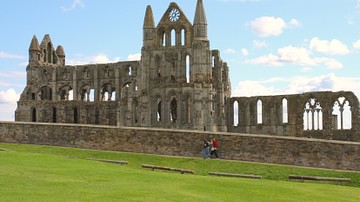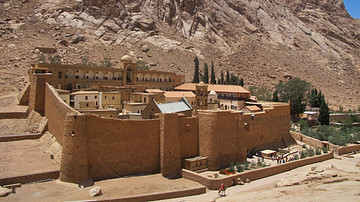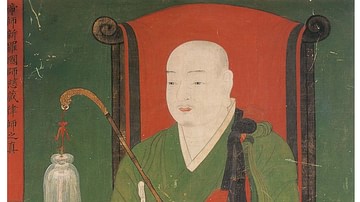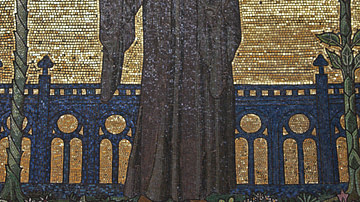Monasteries and other religious institutions such as priories and nunneries were a quintessential part of the medieval landscape and an important component of a community's social fabric. Providing spiritual guidance, employment, education, medicine and help for the poor and needy, monks, friars and nuns devoted their lives to prayer and helping society. In this collection, we examine the architecture of monasteries, the origins of the monastic orders, and the daily routines of their adherents, including the illuminated manuscripts and icons they famously produced. We also look in detail at specific monasteries such as France's Mont-Saint-Michel and the life of monks in the Byzantine empire and non-western cultures such as Korea and Japan.
Monasteries, as institutions full of educators and scholars, also proved useful tools to the state. Monarchs frequently used monks, with their skills in Latin and document-making, in their royal writing offices or a monastery itself performed that function. We know, for example, that Winchombe monastery in Gloucestershire, England and the abbey of Saint-Wandrille near Rouen in France, were used as a royal archive in the 9th century CE for their respective kingdoms. In addition, large monasteries educated the aristocracy and often had specialised teaching facilities such as at Whitby Abbey in North-East England, which educated a long line of bishops and counted Saint John of Beverley (d. 721 CE) amongst its alumni.














